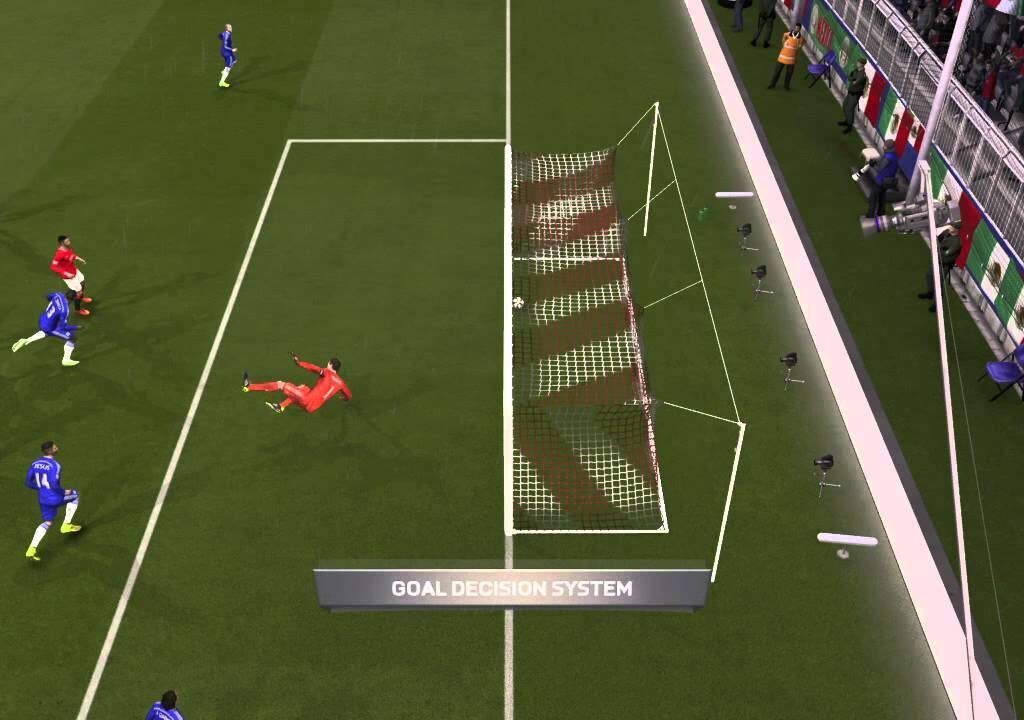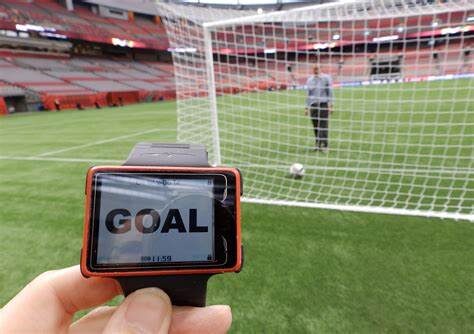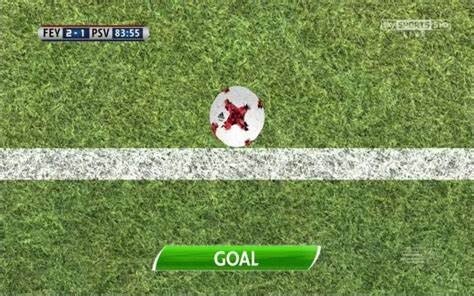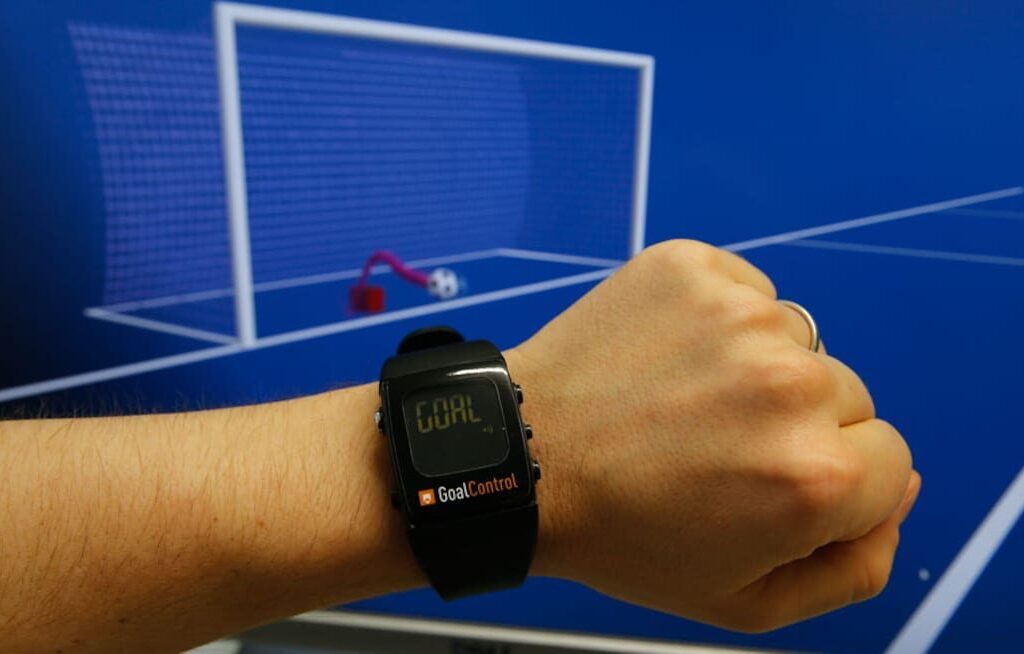
Introduction
Football, the beautiful game, has seen its fair share of controversies over the years. From disputed goals to heated debates, the question of whether the ball has crossed the goal line has often been a point of contention. Enter goal-line technology (GLT), a technological marvel that has transformed the way we perceive and officiate football matches. In this comprehensive article, we delve into the intricacies of GLT, its effectiveness, and its impact on the sport.
What Is Goal-Line Technology?

Goal-line technology is a technical system designed to instantly determine whether the entire ball has crossed the goal line. Its primary purpose is to assist referees in making accurate decisions regarding goals. Let’s explore how it works and its journey from inception to widespread adoption.
How Does It Work?

- High-Speed Cameras: GLT employs a network of 14 high-speed cameras strategically positioned around the stadium. These cameras capture every movement on the field, focusing specifically on the goal area.
- Instant Decision: When the ball approaches the goal line, the system analyzes the footage in real time. Within a mere second, it provides a clear indication to the match officials—via their watches—whether the ball has fully crossed the line.
- Visual Representation: To enhance transparency, GLT generates a 3D animation based on the camera data. Fans watching on TV and inside the stadium can witness the decision unfold on giant screens.
Testing and Certification

The International Football Association Board (IFAB), the governing body responsible for football’s rules, decided in 2012 to implement GLT. Rigorous testing and certification procedures ensure the quality and accuracy of these systems. Independent test institutes evaluate all competition stadiums before tournaments, and referees verify the system’s functionality before each match.
The Impact of Goal-Line Technology
Accuracy and Fairness
- Precise Decisions: GLT eliminates human error and subjectivity. Referees can now confidently determine whether a goal has been scored, even in split-second situations.
- Fair Play: Players, coaches, and fans appreciate the fairness brought by GLT. The game’s outcome hinges on accurate judgments, enhancing the integrity of football.
Global Adoption
- Top Leagues and Competitions: Following the success of video assistant referees (VAR), major leagues worldwide have embraced GLT. Leagues like the La liga, Bundesliga, and Serie A rely on it consistently.
- Consistency: While VAR adoption varies, GLT remains a constant. Its reliability ensures uniformity across different competitions.
Conclusion
Goal-line technology has revolutionized football, ensuring accuracy, fairness, and consistency. As the game continues to evolve, GLT remains a beacon of progress—a testament to how innovation enhances the world’s most beloved sport.
Related
- The Best Webcams Available in 2024
- AMD Ryzen vs. Intel, Which is the Best???
- The Best VR Headsets Available in 2024
FAQs About Goal-Line Technology
1. Does GLT Use the Same Cameras as Semi-Automated Offside Technology?
No, GLT operates independently. It relies solely on its dedicated high-speed cameras to track the ball’s position relative to the goal line.
2. What Happens If GLT Malfunctions?
Instances of GLT failure are rare. However, if it does malfunction during a match, the referee must rely on traditional judgment until the system is restored.
3. Does GLT Use Data from the Ball’s Sensor?
Unlike semi-automated offside technology, GLT does not use data from sensors inside the ball. It relies solely on visual analysis.
4. Is GLT Interfering with the Game?
No, GLT is unobtrusive. It operates seamlessly without disrupting the flow of play.
5. What’s Next for GLT?
As technology evolves, GLT may integrate additional features, such as real-time alerts for offside decisions.


